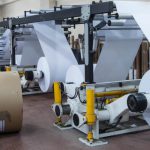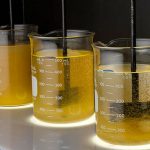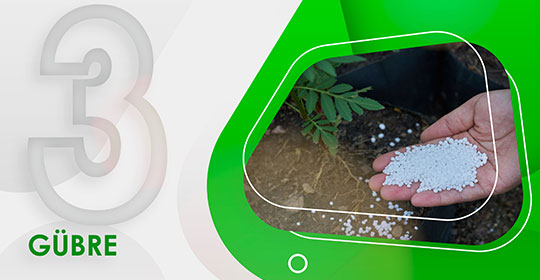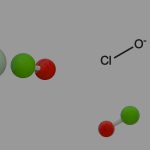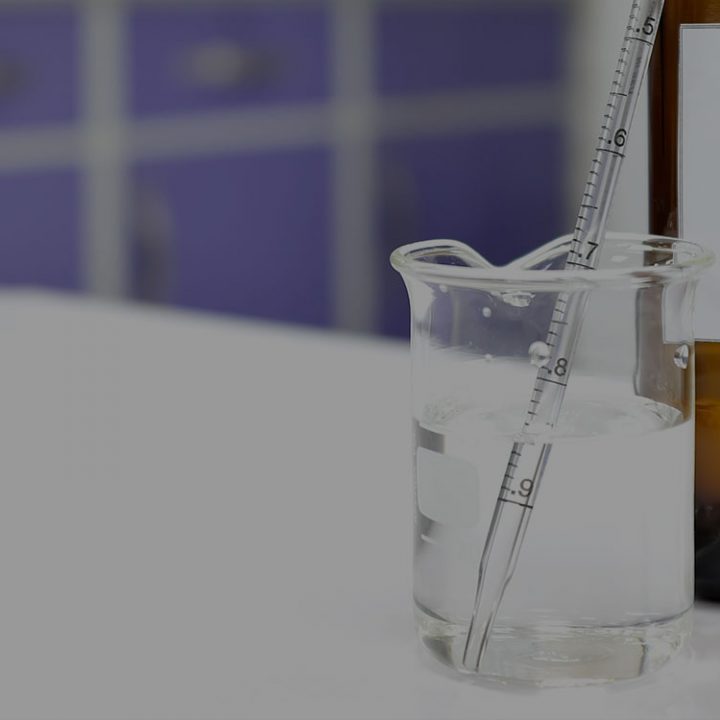LIQUID CHLORINE
- Home
- urunler
- diğer kimyasallar
- KİMYASALLAR
- LIQUID CHLORINE
OTHER CHEMICALS
LIQUID CHLORINE
Chlorine is a chemical element with the symbol Cl and atomic number 17. The second-lightest of the halogens, it appears between fluorine and bromine in the periodic table and its properties are mostly intermediate between them. Chlorine is a yellow-green gas at room temperature. It is an extremely reactive element and a strong oxidising agent: among the elements, it has the highest electron affinity and the third-highest electronegativity on the Pauling scale, behind only oxygen and fluorine.
Elemental chlorine is commercially produced from brine by electrolysis, predominantly in the chlor-alkali process. The high oxidising potential of elemental chlorine led to the development of commercial bleaches and disinfectants, and a reagent for many processes in the chemical industry. Chlorine is used in the manufacture of a wide range of consumer products, about two-thirds of them organic chemicals such as polyvinyl chloride (PVC), many intermediates for the production of plastics, and other end products which do not contain the element. As a common disinfectant, elemental chlorine and chlorine-generating compounds are used more directly in swimming pools to keep them sanitary. Elemental chlorine at high concentration is extremely dangerous, and poisonous to most living organisms. As a chemical warfare agent, chlorine was first used in World War I as a poison gas weapon.
TDS
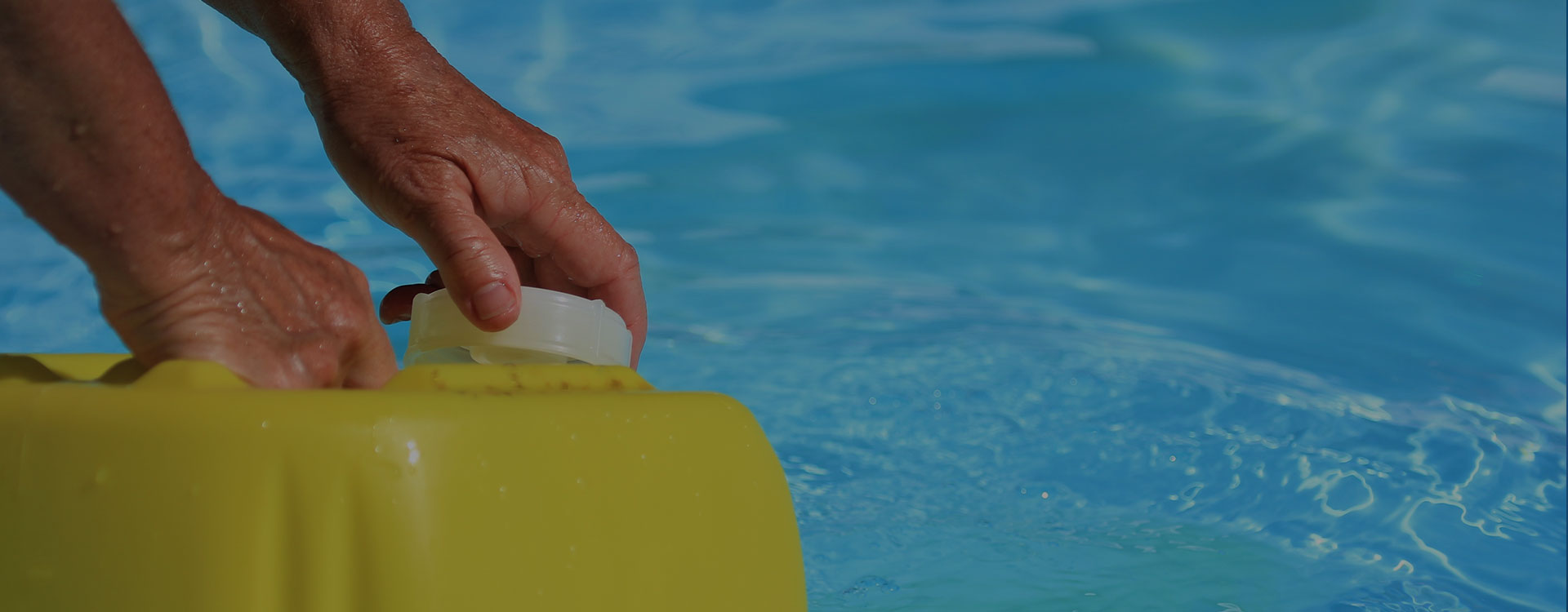
OTHER CHEMICALS
To order this product, proceed from the order registration link or contact us at the contact numbers.
FOR ORDER| PROPERTY | TEST METHOD | UNIT | VALUE |
| Mass density (23 C) | ISO 1183 | g/cm3 | 0.945 |
| Melt Flow Rate (190 C/5.0kg) | ISO 1133 | g/10min | 0.45 |
| Melt Flow Rate (190 C/21.16 kg) | ISO 1133 | g/10min | 12 |
| FRR(21.6/5) | – | 27 | |
| Stress at Yield | ISO 527 | Mpa | 22 |
| Flextural Creep Modulus (4point,1min) | DIN 19537-2 | Mpa | 950 |
| Tensile Modulus(23 C,v=1mm/min,secant) | ISO 527 | Mpa | 850 |
| Stress at Break | ISO 527 | Mpa | 35 |
| Elongation at Break | ISO 527 | % | >850 |
| Elongation at Yield | ISO 527 | % | 8 |
| Softening Temperature | ISO 306 | C | 67 |
| Brittle Temperature | ASTM D746-72 | C | <-80 |
| shore D hardness | ISO 868 | 60 | |
| ESCR in full notch creep te2 (80 C,2%Arcopal) | ISO CD 16770 h@4.0Mpa | 50 | |
| Impact 2rength (23 C) | ISO 179/1eA | Kj/m2 | 23 |
| S4 Te2 (RCP) | ISO DIS 13477 | bar | PC >3 |
| Notch Te2 (SCG) | ISO DIS 13479 | Mpah@4.0 | >250 |
| Hydro2atic 2rength te2 (80 C) | ISO 1167 | Mpah@4.6 | >1000 |
| VN | – | Cm3/g | 300 |



